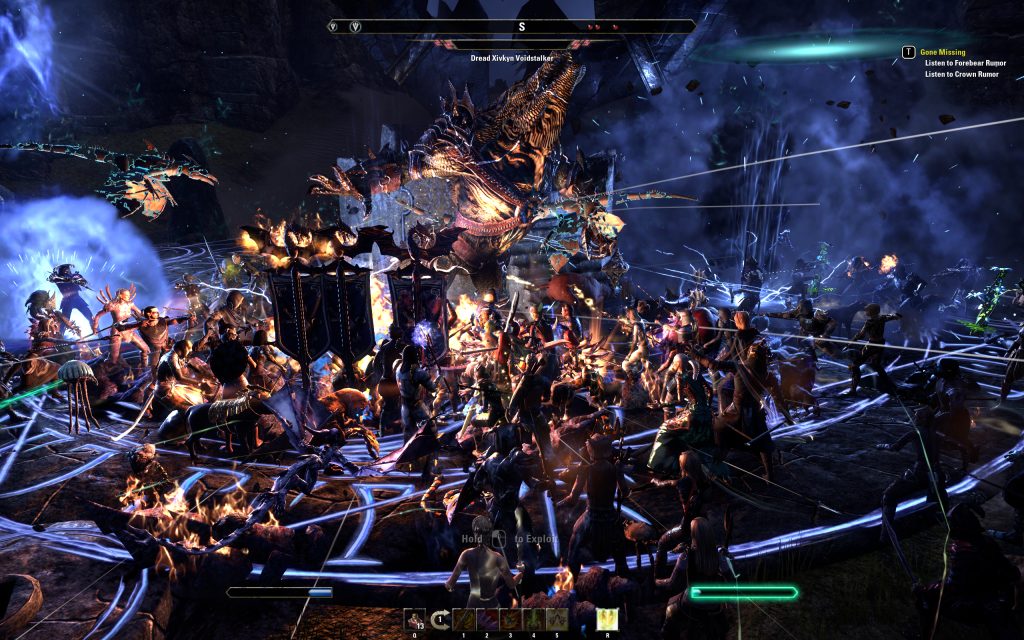 Matti Friedman
Matti Friedman
In June, the Tablet provided a useful reminder that major news media based in free countries have engaged in silent collaboration with dictatorships, covering up the latter’s crimes in order to retain “access.” “Is it better to cooperate with dictatorships and authoritarian regimes and tell half the story with hands tied—or not tell the story at all?” asked the Tablet piece by Matti Friedman, who took as his case in point the all-too-cozy relationship that the Associated Press developed with the Nazis. Citing a 2016 paper by German historian Harriet Scharnberg entitled “The A and P of Propaganda,” Friedman, himself a former AP reporter, noted that “the AP’s photo office in Germany made compromise after compromise to keep reporting under Nazi rule, obeying successive orders from the Hitler regime until it ended up as a Nazi information arm in all but name.” While other Western news organizations left Hitler’s Germany in 1935, the AP stayed on, “an arrangement the New York-based agency was eager to preserve—even if it meant removing all of its Jewish photographers in keeping with Nazi race laws, for example, and even if it meant issuing a statement to the official SS magazine swearing that the photo bureau was pure Aryan.”
 Harriet Scharnberg
Harriet Scharnberg
How close was the AP to the Nazis? Well, among the consequences of the special relationship was the use of AP photographs “in some of the vilest racial propaganda produced by the Nazi state,” such as a book called The Jews in the USA. The head of AP’s photography service in Berlin ended up as a Nazi censor; one photographer, Franz Roth, was simultaneously working for the AP and the SS. So it was that AP photos of the Wehrmacht’s advance on the Eastern front – pictures that ended up in newspapers around the U.S. – made the Nazis look like heroes and made Soviet prisoners, for example, look like “ugly human specimens.” In short, while the AP claimed to be an independent and objective news organization, it was in bed with the Nazis, covering up the reality of life in the Third Reich, the true nature of the Nazi war machine, and of course the horror of the death camps.
As Friedman points out, the AP is far from the only major news organization to have been guilty of such practices:
Western news organizations that maintain a presence in countries like Iran and Saudi Arabia, for example, make compromises in return for access and almost never tell readers what those compromises are. The result, in many cases, is something worse than no coverage—it’s something that looks like coverage, but is actually misinformation, giving people the illusion that they know what’s going on instead of telling them outright that they’re getting information shaped by regimes trying to mislead them.
 Peter Arnett
Peter Arnett
We wrote about this topic here at Useful Stooges last year, noting that “[w]hen it comes to oppressive regimes – the type that shutter opposition media and imprison honest journalists – CNN’s policy has routinely been to retain access at all costs. Back in 1991, during the first Gulf War, CNN’s Peter Arnett was the only Western TV reporter in Baghdad, and, as such, according to Newsweek, provided “rare glimpses from inside Iraq,” even as he “provoked criticism that he and his network [were] being used as a conduit for Iraqi propaganda.”
 Christiane Amanpour
Christiane Amanpour
After 9/11, we further observed, CNN, unlike many other news outfits, was able to keep its reporters in Baghdad for one reason and one reason alone: its “systematic refusal to report on the dark side of Saddam’s regime,” a policy that CNN news exec Eason Jordan copped to in a 2003 New York Times op-ed. After the U.S. invasion of Iraq, when CNN’s Christiane Amanpour sneered that Fox News reporters were Bush administration’s “foot soldiers,” Fox replied: “It’s better to be viewed as a foot soldier for Bush than a spokeswoman for al-Qaeda.”
More tomorrow.
Share this:




